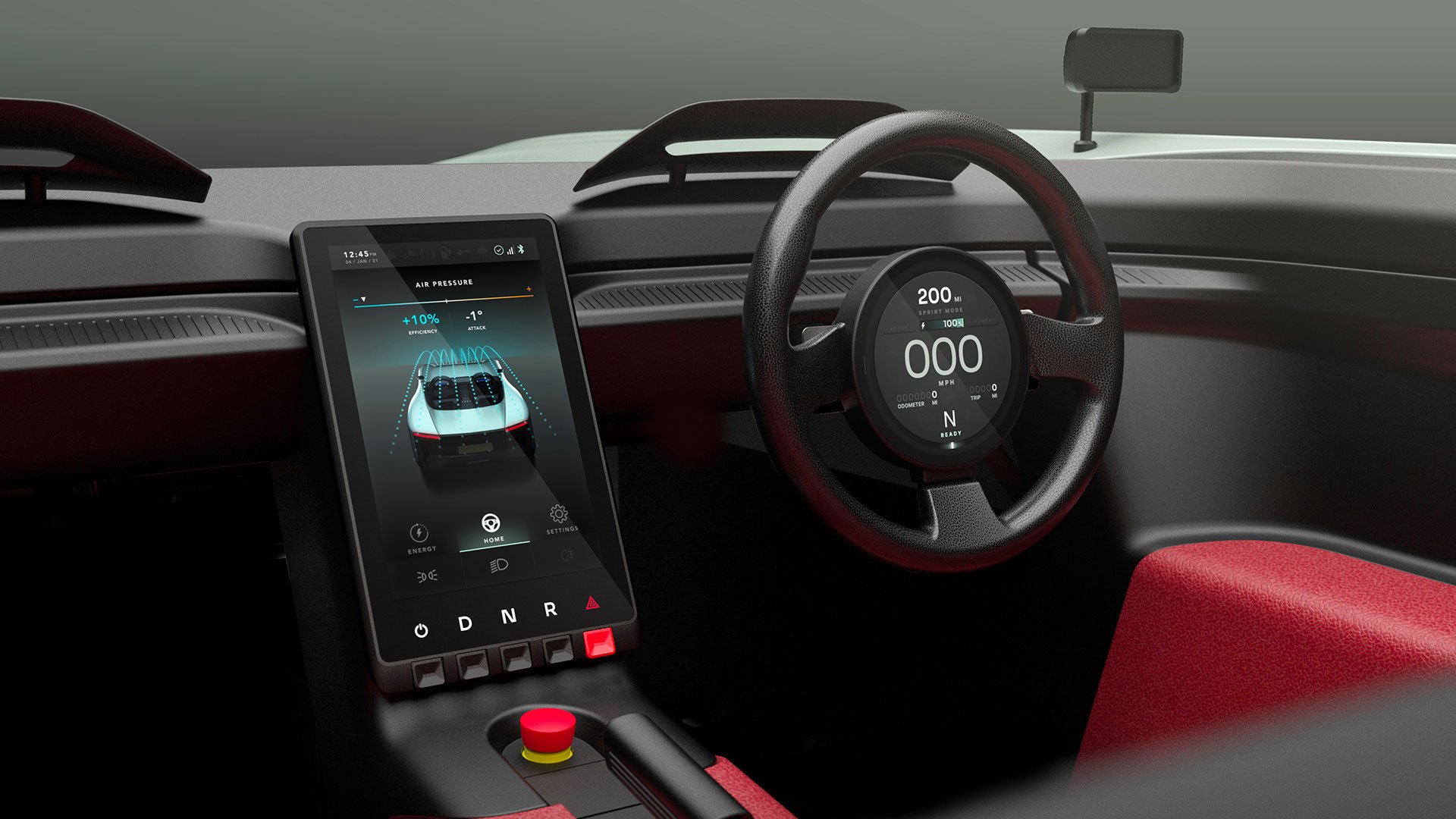
Creating Britain’s First Vehicle Running on Android Automotive OS
About the Aura Project
Aura is an all-electric long range concept car designed for nature, with sustainability at its core and efficiency driving its design. Developed by a consortium of British companies, and funded by the Office for Zero Emissions Vehicles through the Niche Vehicle Network, the Aura concept demonstrates the UK’s leading capabilities in zero emission vehicle development.
As one of the British companies, we conceived a central compute unit to connect and control Aura's sub-systems through a single human machine interface.
“Aura provides driver feedback on how to maximise range during a trip, and claims to offer extremely precise range readings – accurate to within 0.5 per cent – in a bid to reduce range anxiety.”
Yousuf Ashraf, Journalist & Presenter, Auto Express
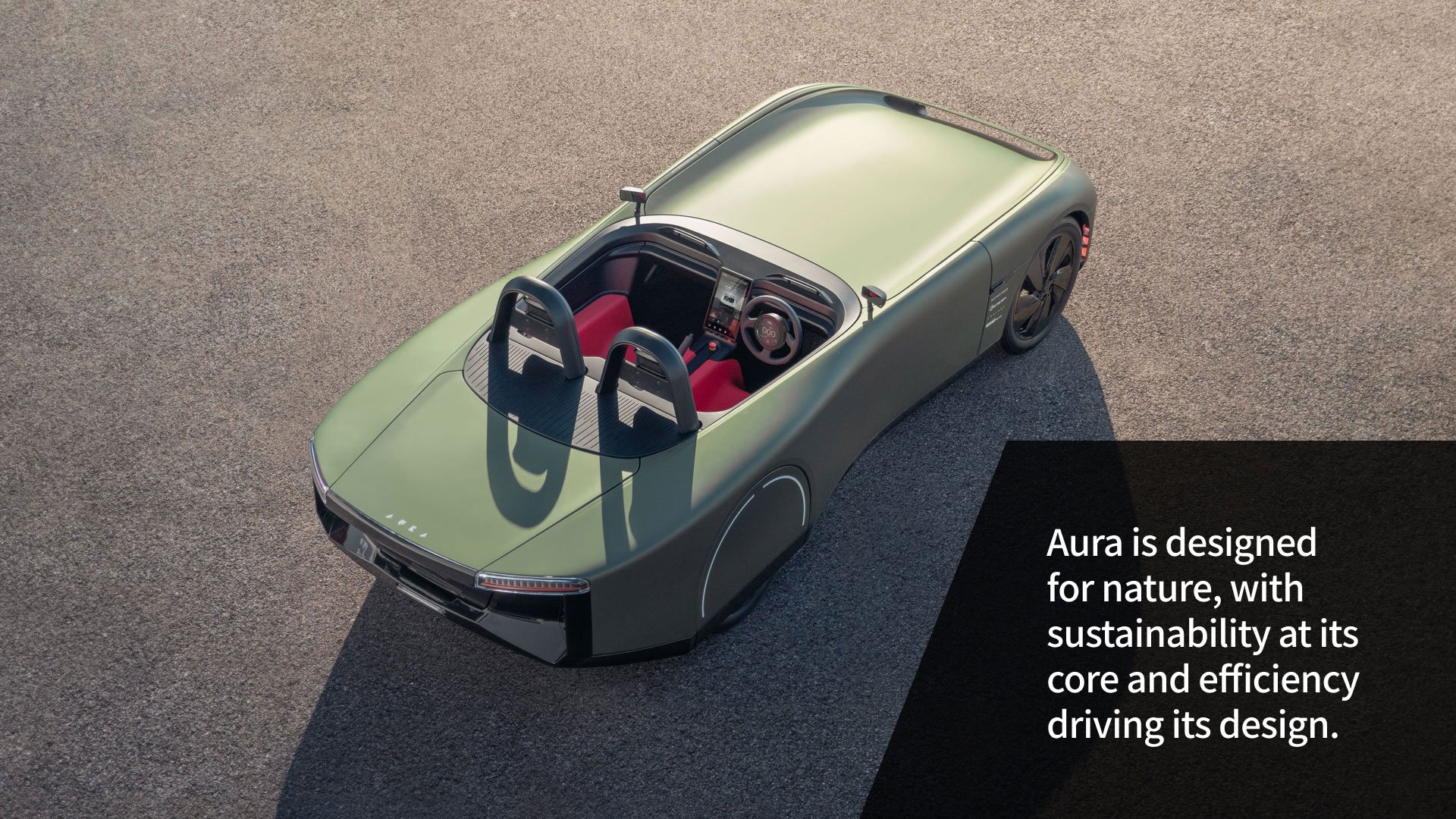
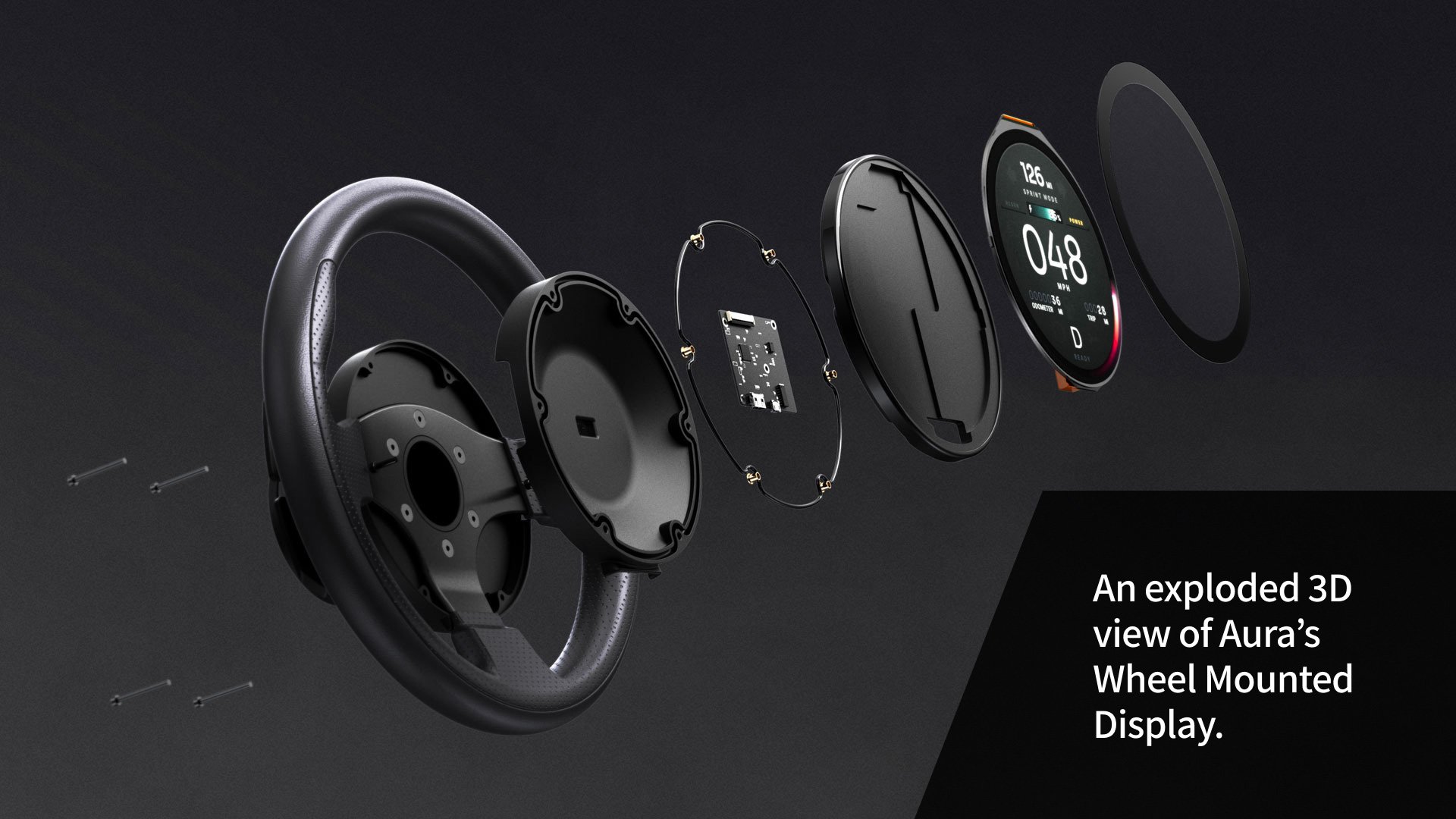
Building on our Capabilities
An innovative vehicle demanded an innovative Operating System (OS) at its core. Android Automotive OS (AAOS) is a flavour of the Android Open Source Project (AOSP) specifically developed for the Automotive market. Coupled with our clients desire to explore AAOS HMI components, we jumped at the opportunity to develop our capabilities in this platform and to also push the boundaries of our typical competencies and delve into the world of automotive grade processors and hardware.
Choosing to work with the iMX8 range of processors from NXP, we opted for iMX8 QuadMax Multi-sensory Enabled Kit (MEK) with BaseBoard as our core system. This provided us with a real-time M4 processor to interface and communicate with the vehicle systems over CAN as well as a dual-core applications (A72) processor with a AAOS/AOSP-ready build prepared by NXP.
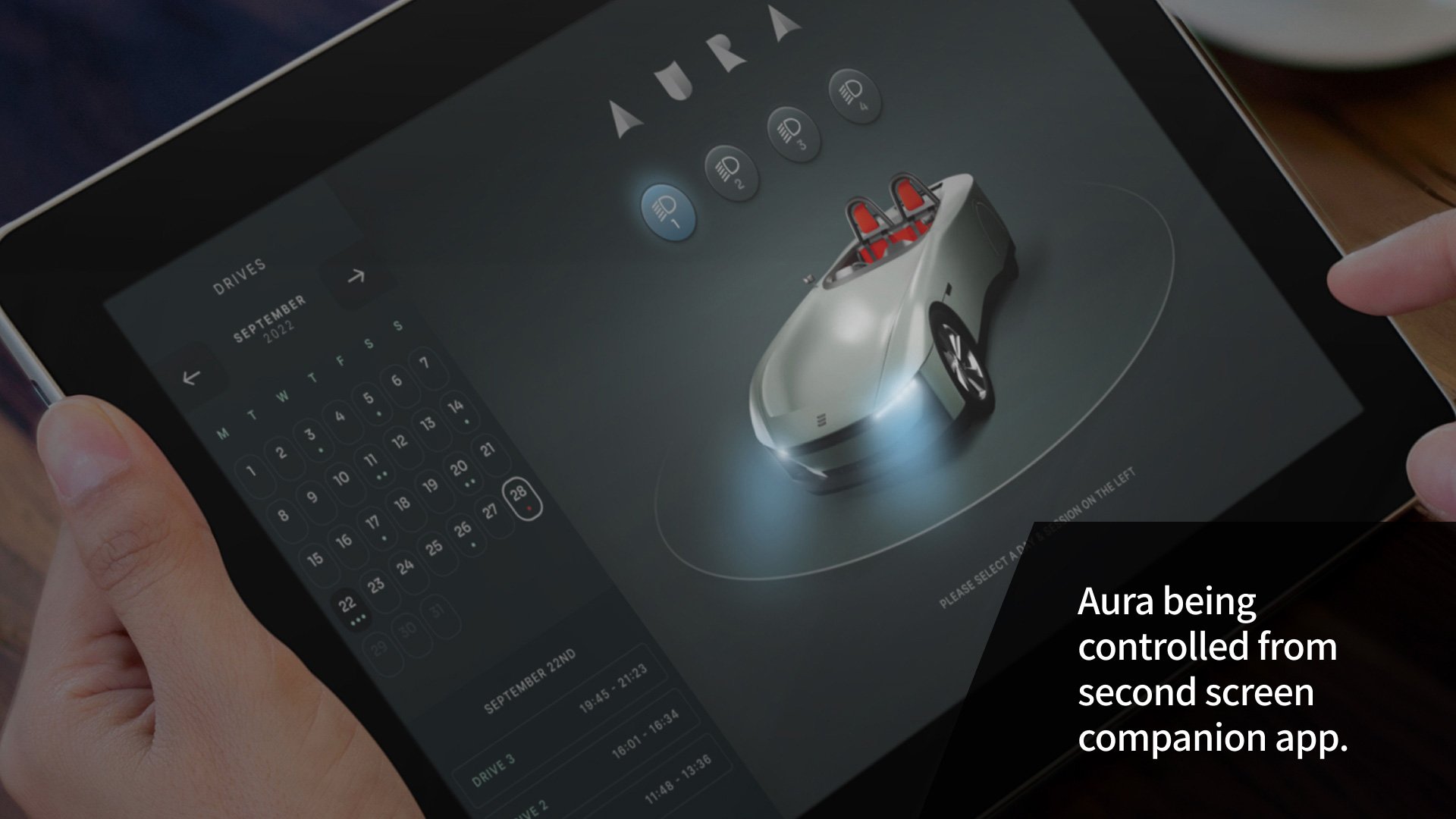
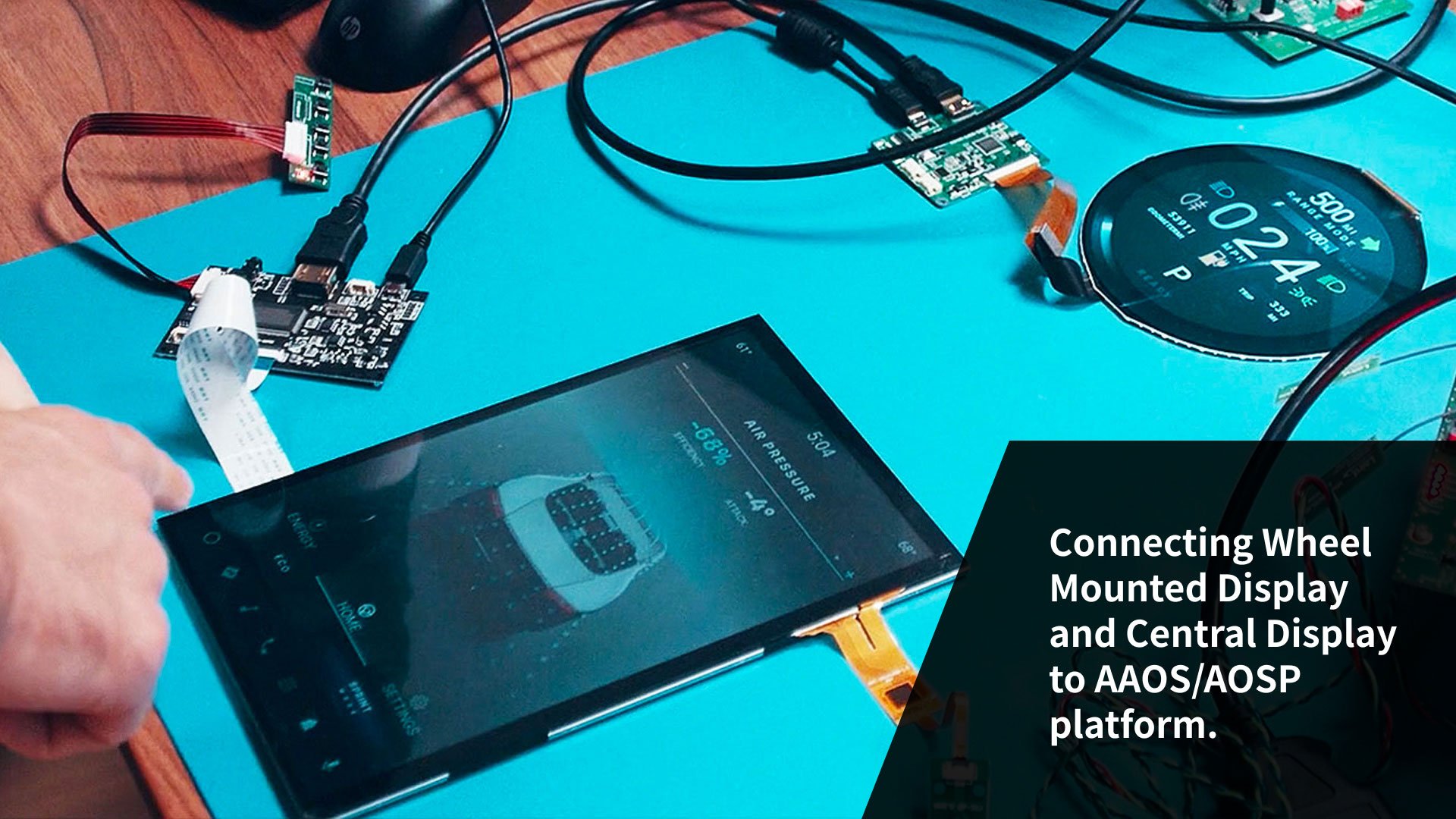
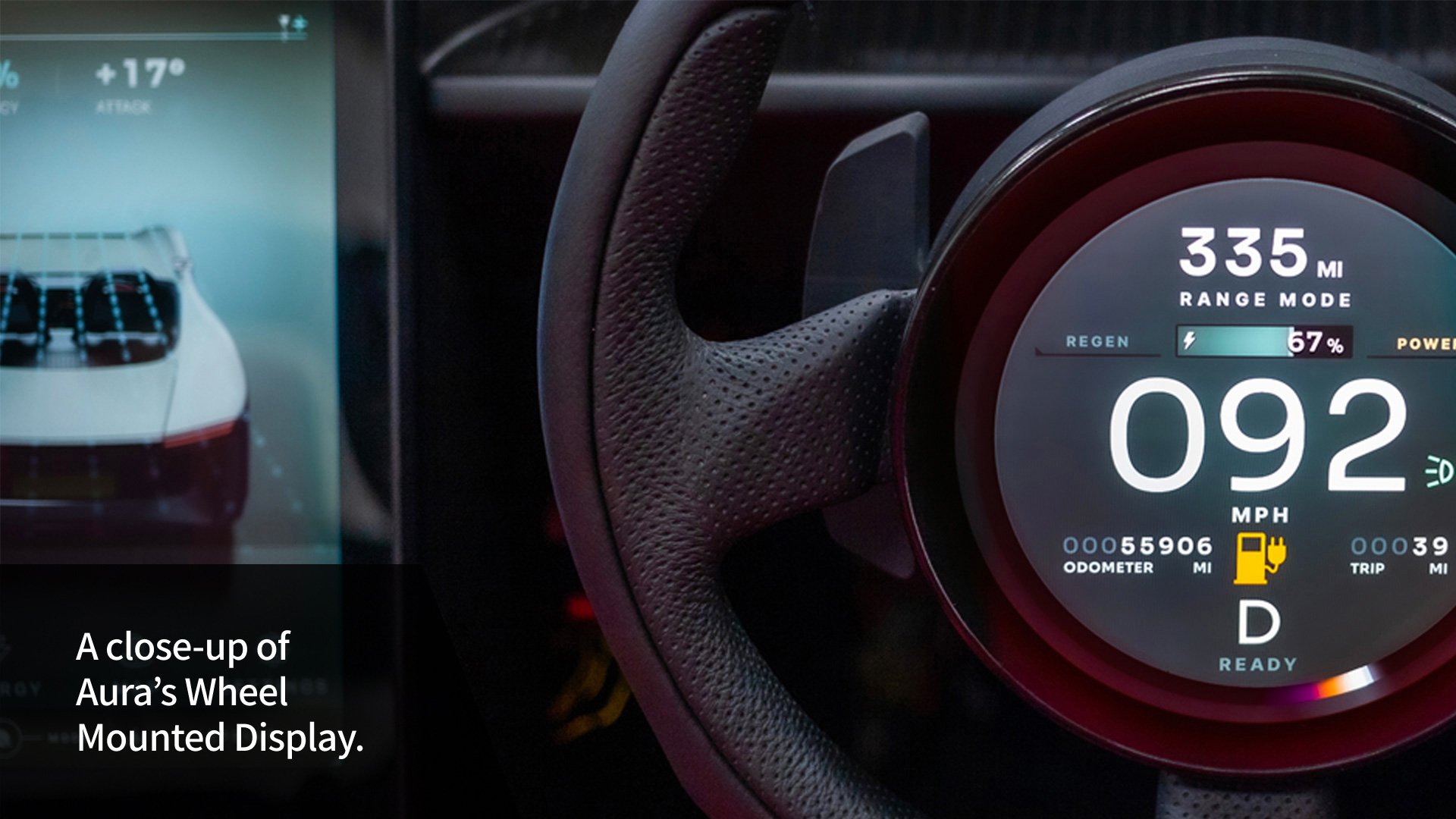
Cloud-connected in Real-time
We knew from the beginning of the project that we wanted a fully, real-time connected vehicle. Having seen many other connected services with significant delays in getting data from the vehicle to user led us to consider if there was a better way. Our solution utilises various components within the Google Cloud Platform, ultimately delivering a real-time connection between the vehicle and various connected applications.
UX Design: Aura’s Inception
Addressing the HMI User Experience (UX) like any other Conjure project, our discovery and design phases started with understanding the needs of the driver in harmony with the vision of the vehicle. With the rest of the car designed to connect the driver into a visceral driving experience, we wanted the HMI to enhance this whilst also not stealing our driver’s attention and just blending into the background.
We were also keen to flex the 3D capabilities of our system as well as the effectiveness of different 3D pipelines on HMI development. This culminated in our unique aerodynamic visualisation feature allowing the driver to visualise the aerodynamic efficiency of Aura by using an array of highly sensitive pressure sensors installed in the skin of the vehicle.
Early Prototype Evaluation
Our aim to show that EV adoption is more accessible than users think led us through a constant cycle of review and refinement from within the project team. Our approach to cutting-edge HMI not only aims to reduce driver distraction through its driver infotainment (which includes a self-levelling driver display in the centre of the steering wheel) but also by reducing range anxiety through real-world map and charging availability.
We took a very focussed approach to evaluating design affordance to display key information to the motorist to bring about harmony between driver and vehicle to aid response and decision making.
From Machine to Motorist
Driver-centred design of the HMI whilst simultaneously considering hardware and software capabilities and constraints allowed us to develop novel aspects of the vehicle HMI – unseen on any other vehicle. By considering the UI design and technology in unison, we were able to create a seamless connection between the driver and the vehicle, including our unique self-levelling circular wheel-mounted driver display (WMD).
Further deepening the driver’s connection to the vehicle and performance, another first for Aura is its ability to provide a real-time indication of the aerodynamic performance of the vehicle. This allows the driver to make conscious decisions about the operation of the vehicle to maximum range or enjoyment – depending on the driver’s preference at that time. As well as displaying a combined score for vehicle performance, UI nudges on the WMD help the driver to understand the impact of their driving as a product of the vehicle and their surrounding environment.
From Concept to Reality
Aura launched at Cenex Low Carbon Vehicle Show 2021. Now launched to the world, Aura's journey continues...
